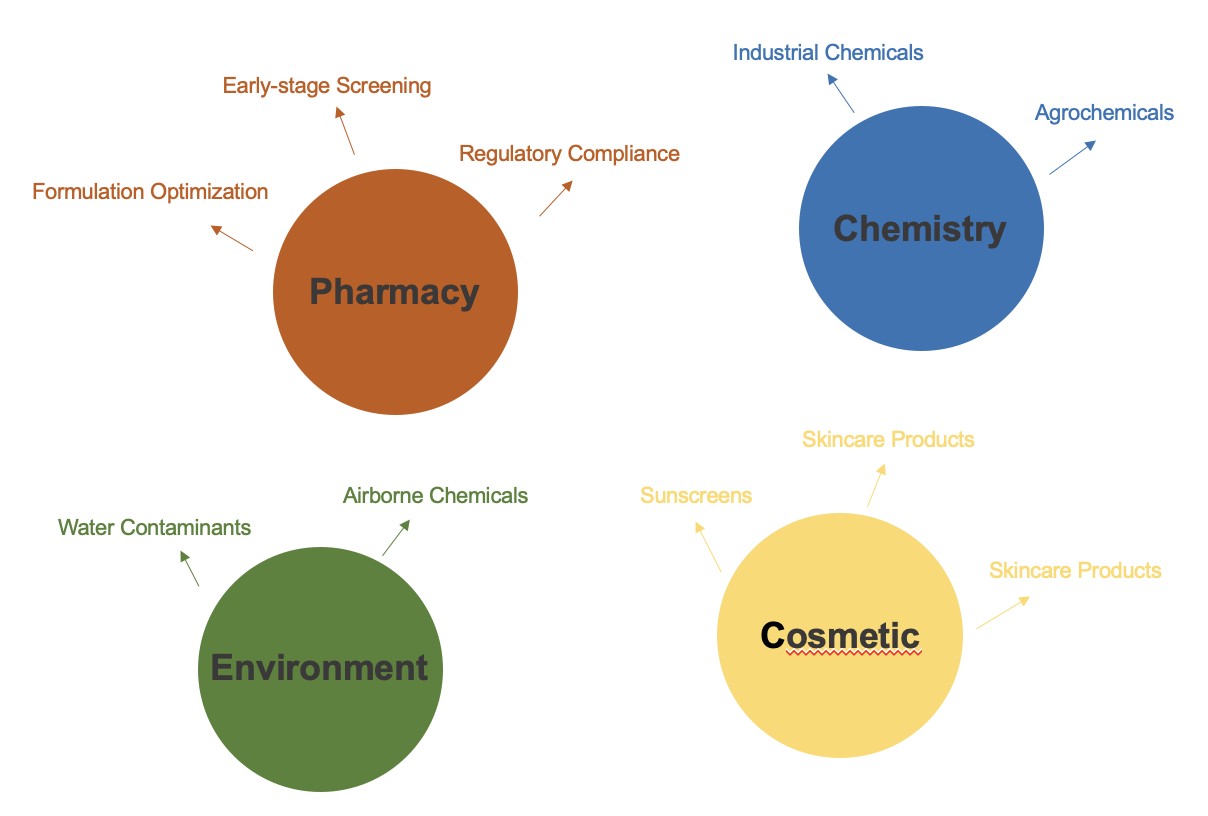Cell-based Phototoxicity Analysis Service
Phototoxicity analysis is a versatile and indispensable tool for the safety and efficacy of products and substances. Creative Biolabs helps you identify and mitigate phototoxicity risks early in the drug development process.
Why Do Phototoxicity Analysis
Phototoxicity refers to the toxic reaction that occurs when a substance is activated and causes damage to cells, tissues, or organisms when exposed to light, particularly ultraviolet (UV) or visible light. This phenomenon typically involves the absorption of light by a substance, resulting in a series of chemical reactions that produce reactive substances capable of inducing cell damage. By identifying phototoxicity risks early in the development process, adverse effects can be prevented, ultimately leading to safer products and safer environments.
 Fig.1 The process by which phototoxicity occurs.1
Fig.1 The process by which phototoxicity occurs.1
Cell-based Phototoxicity Analysis at Creative Biolabs
Creative Biolabs' cell-based phototoxicity analysis is performed by exposing cultured cells to a test substance and then irradiating them with light to observe their toxic effects.
Cell line
Commonly used cell lines include human keratinocytes (HaCaT), mouse fibroblasts (3T3), and human dermal fibroblasts. The 3T3 Neutral Red Uptake (NRU) assay is particularly widely used. The following illustration shows the detection steps of the 3T3 NRU phototoxicity analysis to help you better understand our services.
Cell culture
Cells are cultured under standard conditions until they reach the appropriate confluency.
Exposure to test substance
Cells were treated with samples of different concentrations to determine dose-response relationships.
Light exposure
After incubation with the test substance, cells are exposed to light to simulate conditions under which phototoxicity might occur.
Assessment of cell viability
Neutral Red Uptake (NRU) Assay; MTT Assay; Alamar Blue Assay.
Data analysis
Compare cell viability in light-exposed and non-light-exposed groups.
3T3 NRU Phototoxicity Assay
3T3 NRU phototoxicity analysis is the most commonly used detection method. Here, we show some details of the inspection process in the form of a flowchart.

Applications of Cell-based Phototoxicity Analysis
Our cell-based phototoxicity analysis services can be applied in a variety of fields, such as the pharmaceutical, cosmetic, chemical, and environmental industries.

Frequently Asked Question
A1: What are the benefits of cell-based phototoxicity analysis services?
Q1:
-
Helps you identify phototoxicity risks early in the product development process.
-
Ensure that the product meets the requirements of safety regulations through testing.
-
Gain insight into the mechanisms of phototoxicity and how to mitigate them.
Contact Us
If you have any cell-based phototoxicity analysis needs, please contact our experts now! In addition to phototoxicity analysis, there are many other services such as In Vitro ADME Screening, High-Throughput ADME, etc. You can click our In Vitro ADME unit to find more information.
Reference
-
Kim, Kyuri et al. "Phototoxicity: Its mechanism and animal alternative test methods." Toxicological research vol. 31,2 (2015): 97-104.
For Research Use Only | Not For Clinical Use


 Fig.1 The process by which phototoxicity occurs.1
Fig.1 The process by which phototoxicity occurs.1


 Download our brochure
Download our brochure